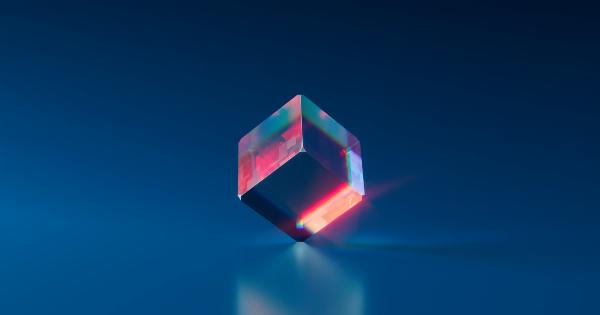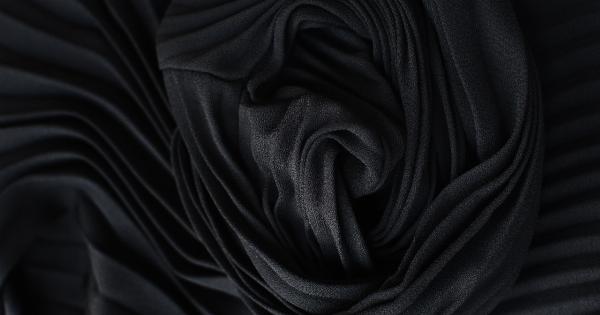Stretch marks, also known as striae, are a common skin condition that affects both men and women. They appear as long, narrow stripes or lines on the skin and are often of a different color and texture compared to the surrounding skin.
While they are not harmful to your health, many individuals find stretch marks to be unsightly and may seek treatments to reduce their appearance. In this comprehensive guide, we will discuss the causes of stretch marks and various solutions available to manage and minimize their visibility.
What Causes Stretch Marks?
Stretch marks occur when the skin stretches or shrinks quickly, causing the connective tissue beneath the surface to stretch as well.
This stretching leads to the breakdown of collagen and elastin, two proteins responsible for maintaining the skin’s elasticity. As a result, the skin becomes thinner and forms the characteristic marks.
Pregnancy and Stretch Marks
One of the most common causes of stretch marks is pregnancy. As the baby grows, the skin on the abdomen stretches rapidly, especially during the later stages.
Besides the abdomen, stretch marks can also appear on the breasts, hips, thighs, and buttocks during pregnancy.
Puberty and Growth Spurts
Puberty is another significant period in which stretch marks commonly occur. During this time, adolescents experience rapid growth spurts, leading to the stretching of the skin.
Stretch marks may appear on the lower back, hips, thighs, and breasts in both boys and girls.
Weight Fluctuations and Stretch Marks
Significant fluctuations in weight, whether it’s gaining or losing weight too quickly, can contribute to the development of stretch marks.
The sudden stretching or shrinking of the skin puts excessive strain on the connective tissue, resulting in the formation of stretch marks. This can happen to both adults and adolescents.
Cortisol and Hormonal Changes
Cortisol, a hormone produced by the adrenal glands, is known to affect the elasticity of the skin.
Excessive cortisol levels, which can occur during times of stress, can weaken the collagen and elastin fibers and make the skin more susceptible to stretch marks. Hormonal changes during puberty, pregnancy, or hormonal therapies can also contribute to stretch mark formation.
Genetic Predisposition
Genetics can play a role in determining the likelihood of stretch mark development. If your parents or close relatives have stretch marks, there is a higher chance that you may develop them as well.
Genetic factors can influence the quality and quantity of collagen and elastin in your skin, making it more prone to stretch mark formation.
Solutions for Managing Stretch Marks
While it may not be possible to completely eliminate stretch marks, several solutions can help manage their appearance:.
1. Topical Creams and Lotions
Various creams and lotions containing ingredients such as retinol, hyaluronic acid, and vitamin E are available over the counter.
These products can help improve the texture and elasticity of the skin, reducing the appearance of stretch marks over time.
2. Prescription Retinoid Creams
In more severe cases, prescription retinoid creams may be recommended by dermatologists. Retinoids, derived from vitamin A, can stimulate collagen production and promote skin cell turnover, aiding in the fading of stretch marks.
3. Chemical Peels
Chemical peels involve the application of a chemical solution to the skin, which exfoliates the top layer and stimulates collagen production.
This treatment can help improve the appearance of stretch marks but may require multiple sessions for optimal results.
4. Microdermabrasion
Microdermabrasion is a non-invasive procedure that utilizes tiny crystals to exfoliate the skin gently. The process aims to remove the top layer of dead skin cells, stimulating new cell growth and improving the overall appearance of stretch marks.
5. Laser Therapy
Laser therapy, such as fractional laser resurfacing or pulsed dye laser therapy, can help break down the damaged tissue and stimulate collagen production.
These procedures target the affected area, effectively reducing the appearance of stretch marks over a series of treatment sessions.
6. Microneedling
Microneedling, also known as collagen induction therapy, involves using tiny needles to create micro-injuries in the skin. This process stimulates the production of collagen and elastin, helping to improve the appearance of stretch marks over time.
7. Platelet-Rich Plasma (PRP) Therapy
PRP therapy utilizes the patient’s own blood, which is processed to concentrate the platelets containing growth factors.
When injected into the skin, these growth factors stimulate collagen production and promote skin rejuvenation, potentially reducing the visibility of stretch marks.
8. Surgical Options
In extreme cases where other treatments have not yielded satisfactory results, surgical options such as abdominoplasty (tummy tuck) or laser-assisted liposuction may be considered.
These procedures involve removing excess skin or fat deposits, effectively eliminating stretch marks.
9. Prevention and Self-Care
While not foolproof, taking care of your skin during periods of rapid growth or weight fluctuations can help minimize the development of stretch marks.
Staying hydrated, eating a balanced diet rich in vitamins and minerals, and moisturizing the skin regularly can all contribute to maintaining its elasticity and overall health.
Conclusion
Stretch marks can be a source of distress for many individuals, but there are several solutions available to manage and reduce their appearance.
Different treatment options can be tailored to the severity of stretch marks, and consulting with a dermatologist or skincare professional can help determine the most suitable course of action. Remember, prevention and self-care are essential in maintaining healthy skin, so take proactive measures to care for your skin during times of rapid change.






























